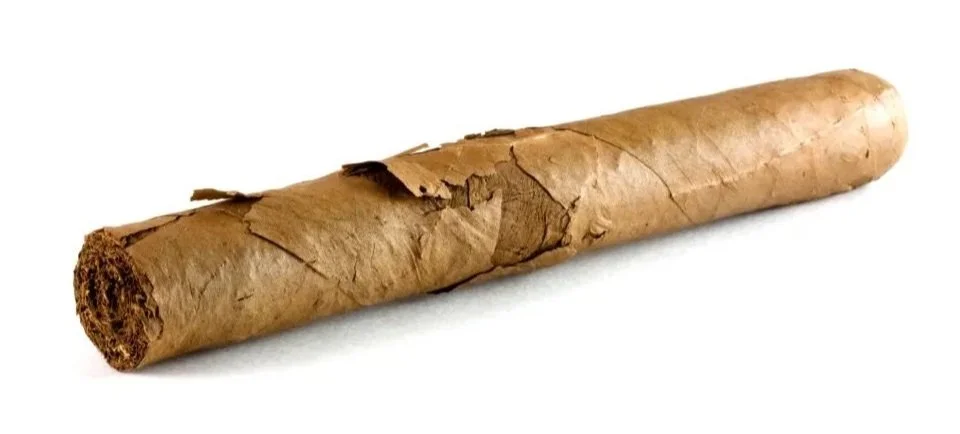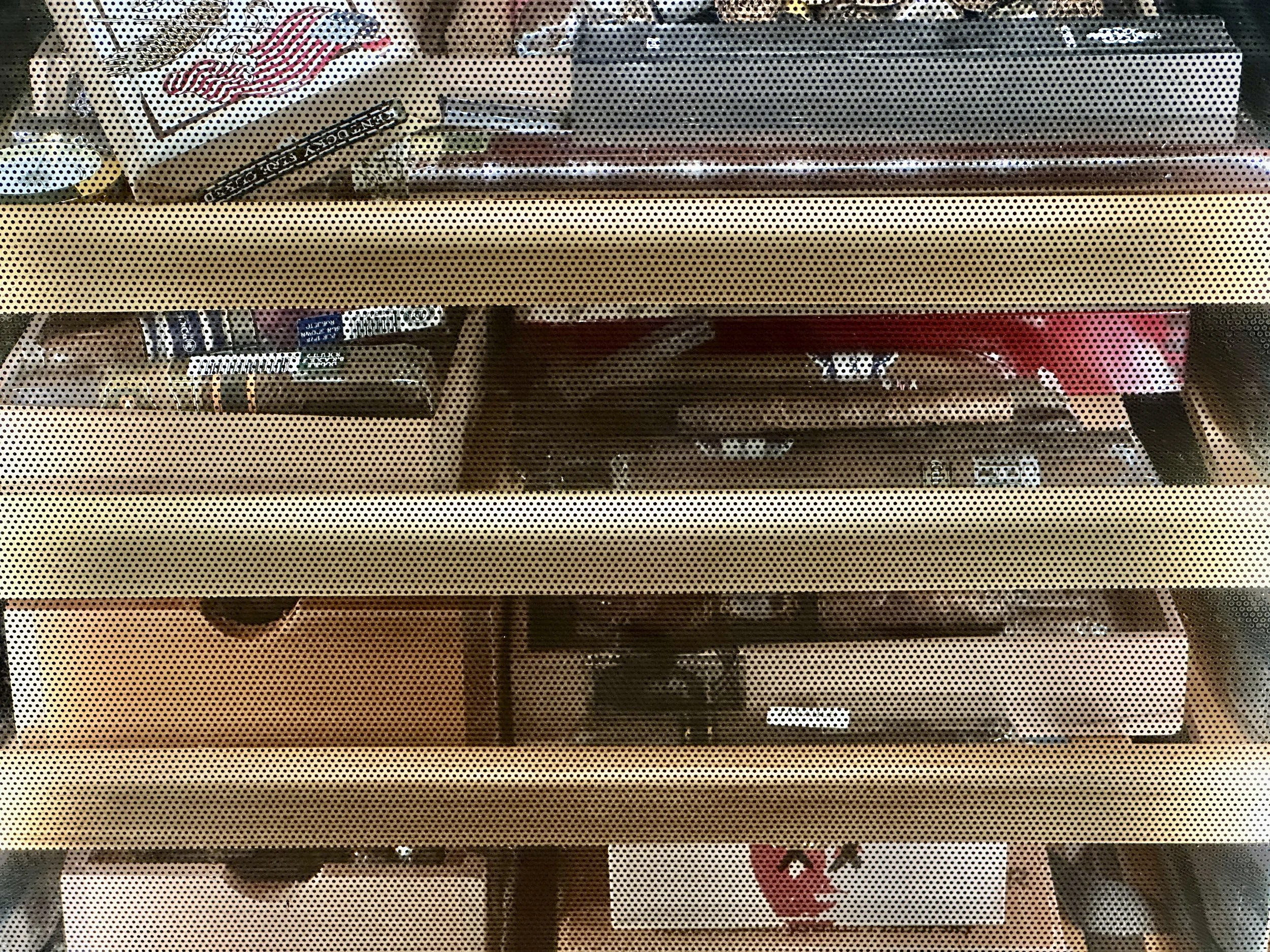How to Refresh a Dry Cigar
If you’ve been smoking cigars for any length of time, you’ve likely encountered the dreaded moment when you open your humidor, only to find that one (or more) of your beloved cigars has dried out. Dry cigars can be frustrating—they burn unevenly, taste harsh, and may even become too brittle to enjoy. But don’t worry—there are ways to bring your dried-out cigars back to life, or at least make them smokable again.
In this blog post, we’ll explore how to refresh a dry cigar, what causes cigars to dry out in the first place, and tips for preventing this issue in the future. If you’ve ever wondered how to revive a cigar that’s lost its moisture, keep reading!
Why Do Cigars Dry Out?
Before we dive into the how-to, let’s first understand why cigars dry out. Cigars are made from tobacco leaves that need a specific level of moisture to burn evenly and provide a rich flavor. When cigars lose moisture, they can become brittle, burn too quickly, and lose the complex flavors you’ve come to enjoy.
Here are a few reasons why cigars might dry out:
Improper Storage: The most common culprit is improper storage. If cigars are kept in a humidifier or humidor that’s not properly regulated, they can easily dry out. A drop in humidity below 60% can cause cigars to lose moisture.
Temperature Fluctuations: Extreme heat or cold can cause rapid changes in humidity levels, which can dry out cigars. This is why it’s important to keep cigars in a temperature-controlled environment (ideally between 65°F and 70°F).
Overexposure to Air: Keeping cigars outside of a humidor for long periods of time, or in poorly sealed containers, will cause them to lose moisture quickly.
If you’ve accidentally left a cigar exposed to air or stored it improperly, don’t worry—you can often restore it with the right technique.
A dried out, cracked cigar. This one is functionally beyond repair.
How to Refresh a Dry Cigar
Here’s the good news: most cigars that have dried out can be revived with a bit of time and care. Follow these steps to refresh your dry cigars:
1. Assess the Dryness
Before you start the rehydration process, it’s important to check how dry the cigar is. If the cigar feels crunchy, brittle, or hard to the touch, it may have been dried out for a while. If the cigar feels soft, but just slightly dry or under-humidified, it’s in better shape and can usually be restored to its full potential more quickly and easily.
Cigars properly stored in a humidor set to 70% humidity
2. Place the Cigar in a Humidor
The most effective way to rehydrate a cigar is to place it in a humidor. The humidor will provide a stable, controlled environment with proper humidity, which will gradually restore the moisture in the cigar over time.
Ensure Proper Humidity: Check that your humidor is set to the correct humidity level (usually between 65-72%). If the humidity is too low, your cigar may not rehydrate properly. If you don’t have a functioning humidor, you can use a sealed container with a small humidification pack, though a humidor is ideal.
Gradual Restoration: Place the dry cigar in the humidor and leave it there for a while. It will depend on how dried out your cigar is, but I prefer to leave it for a few weeks to guarantee it will get back to normal. You’ll want to let the cigar gradually absorb moisture to avoid over-saturating it or causing the wrapper to crack. It’s best not to rush the process.
3. Use a Humidification Device (Optional)
If you don’t have a humidor, there are still ways to restore moisture to a dry cigar. Here are a few options:
Humidification Pouch or Jar: If you have a travel humidor or even a sealed jar, you can place a small humidification pack inside to restore moisture to the cigar. A Boveda pack or other humidifying device will slowly release moisture and help rehydrate the cigar.
Moisture-Controlled Bags: Some cigar shops sell humidity bags specifically designed to keep cigars fresh while they rehydrate. These can be a convenient and affordable option if you don’t have a full humidor.
DIY Method with a Tupperware Container: For an emergency fix, you can use a Tupperware container or any airtight container. Place a damp (not wet) sponge or small humidifying pack inside, and place the cigar in the container. Make sure the cigar doesn’t touch the sponge directly, as too much moisture could damage the cigar. Let it sit in the container for several hours.
4. Slow Rehydration is Key
Do not attempt to speed up the process by exposing your cigar to direct humidity sources such as steam or water. Quick rehydration can lead to the wrapper unraveling or the cigar becoming overly moist, which could negatively affect the smoking experience. A slow, controlled rehydration is always the best option.
5. Test the Cigar
After the cigar has spent a while in the humidification environment, check to see how it feels. It should be firm but slightly flexible. If it’s still dry or brittle, it may need more time in the humidor or humidification bag.
You can also gently squeeze the cigar (not too hard!) to check its resilience and flexibility. A well-rehydrated cigar should have a pleasant, slightly spongy feel but shouldn’t be soggy or overly soft.
6. Try Smoking It
Once you’re satisfied with the feeling of its moisture content, it’s time to light up! Keep in mind that a cigar that has been dried out may still not burn as perfectly as a fresh one, and its flavor profile might be slightly altered. But a well-restored cigar should still offer a satisfying smoking experience.
What to Avoid When Rehydrating Cigars
Direct Heat or Water Exposure: Do not use direct heat or steam to rehydrate your cigar. This can cause the cigar to burn unevenly or even damage it beyond repair.
Overhumidification: Don’t try to rush the process by putting the cigar in a high-humidity environment for too long. Extreme humidity can cause mold to grow or lead to an overly damp cigar that’s difficult to smoke.
Storing Cigars in Plastic Bags Without Humidification: A sealed plastic bag on its own isn’t enough to keep cigars fresh. Always make sure there’s a source of humidity, like a Boveda pack, inside the bag to prevent the cigar from drying out again.
Preventing Your Cigars from Drying Out
Once you’ve successfully revived your cigars, you’ll want to ensure they stay fresh and ready to enjoy. Here are some tips for keeping your cigars in prime condition:
Use a Quality Humidor: A good humidor maintains humidity with a good seal and is essential for maintaining the ideal environment for your cigars. It will help keep your cigars at the perfect humidity level (65-72%).
Regularly Monitor Humidity Levels: Invest in a hygrometer to track the humidity inside your humidor. This will help you ensure your cigars are being stored at the right levels and some smart humidity sensors will even alert you if something changes.
Don’t Overexpose Cigars to Air: Always keep your cigars in a sealed environment when they’re not being smoked. Frequent exposure to air can cause them to dry out faster. Even if this means a ziploc bag for a brief time!
Store Cigars at the Right Temperature: Keep cigars in a cool, stable environment. Extreme temperatures (either hot or cold) can cause rapid changes in humidity and lead to dry cigars.
If you’ve ever encountered a dry cigar, don’t despair! With patience and the right techniques, you can restore your cigars to a smokable condition and prevent further issues. Proper storage is the key to keeping your cigars fresh and flavorful, and with a little care, your dried-out cigars can still offer a satisfying smoking experience. So the next time you find a dry cigar in your collection, remember: it’s not too late to revive it!


